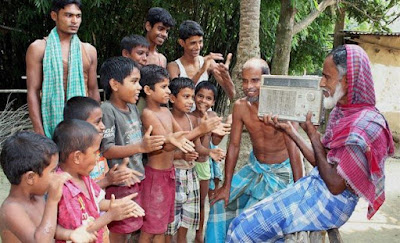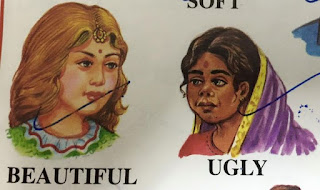Rickshaws and Management

Last week, I was returning from Vile Parle from a meeting by a rickshaw. To avoid driving in the office rush, I kept my car parked near the office in Malad. Somewhere between Jogeshwari and Goregaon, the driver swerved to overtake a tempo, and the rear wheel went over an elevated drainage cover. I could feel the rickshaw tilting to the left. I threw my weight on the right and luckily, we stayed upright. It all happened very fast, and if I had not been alert, the rickshaw would have overturned. Needless to say, that got me thinking…. After 6 months at the helm of affairs as Director @Deviprasad Goenka Management College of Media Studies, I think it is like driving a rickshaw. Just listing a few management lessons I have learnt … The wheels are my team mates, my colleagues with authority (learnt that today!) with whom I navigate the academic path. When they know the road better than me, I listen to them. I need to see that they have enough air, and deflate ones with too mu...



